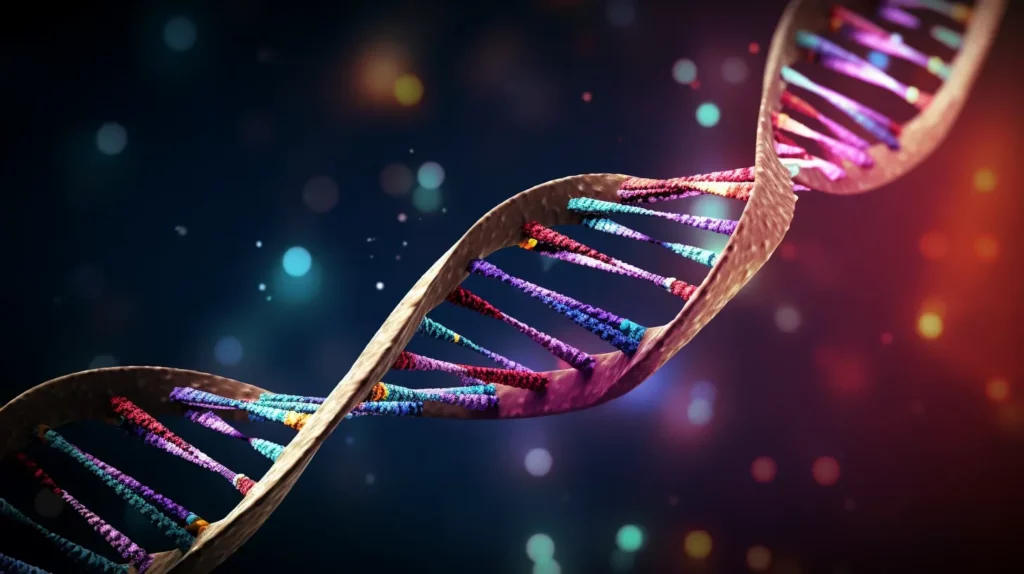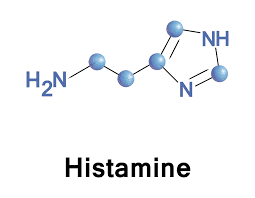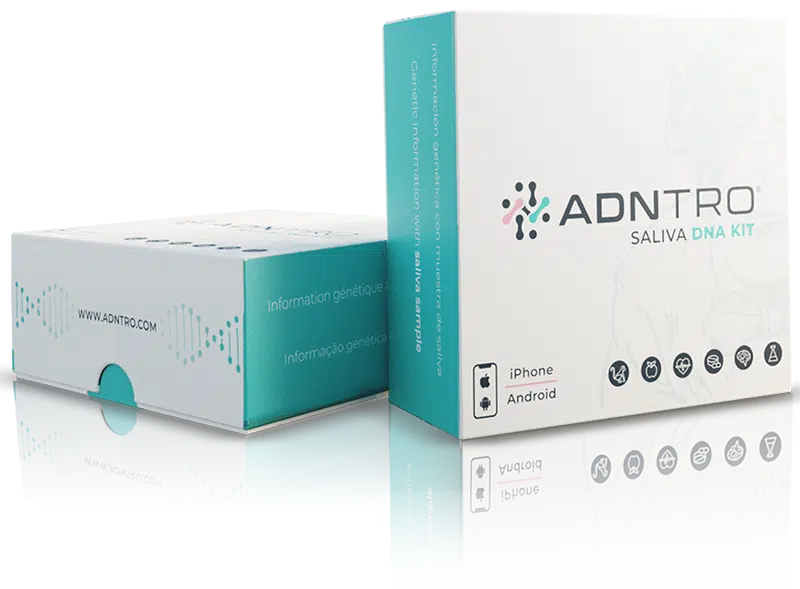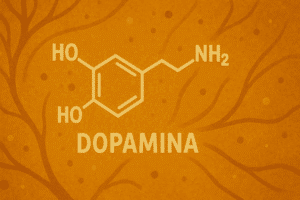Do you have headache Did you know that you can be histamine intolerant? Find out how your body metabolizes histamine, what role your genes play, and how your body metabolizes histamine. DAO enzyme in all of this and how a nutrigenetic test.

Histamine functions
Histamine is commonly associated with allergies, but the truth is that it plays several roles in our body.
On the one hand, it acts as a neurotransmitter in the brain, increasing alertness and affecting sleep cycles. Histamine levels naturally increase in the morning hours and help us feel more awake at the start of the day. Whereas during the night, blocking histamine receptors in the brain causes drowsiness.
On the other hand, immune system cells, such as mast cells, release histamine in response to pathogens, allergens and inflammatory components (cytokines). This release is regulated by circadian rhythm genes.
Excess histamine in our body can be a problem when our body is not able to eliminate it properly. Excessive levels of histamine can cause headaches, swelling, itching, hives, digestive problems, rapid heartbeat, anxiety and flushing.
Histamine levels and genetics - DAO and HNMT enzymes
Histamine levels are controlled by systems that degrade histamine, involving enzymes such as DAO and HNMT.

- Diamine oxidase enzyme (DAO): removes histamine from food. DAO enzyme is produced in the villi lining the small intestine and is released to metabolize histamine, mainly from the diet.
- Histamine methyltransferase (HNMT) enzyme: The HNMT enzyme works throughout the body, including in the brain, to deactivate and break down histamine, especially that created by the cells themselves (mast cells).
Genetic variants in these two genes can affect the way histamine is broken down and eliminated in the body.
Histamine levels can be modulated by the cells' own production or by diet, by ingesting foods rich in histamine. The cells that produce histamine are mast cells, which release histamine when activated by pathogens and allergens. However, mast cells also release histamine in the presence of certain inflammatory components (inflammatory cytokines) and immune system cells.
Factors that increase histamine levels
Factors such as genetics, alcohol, estrogen, aging, allergies and diet can increase histamine levels.

- Genetics: having genetic variants that decrease our body's ability to degrade histamine (DAO and HMNT).
- Alcohol: Alcohol consumption is often a problem for people with histamine intolerance because alcohol inhibits the function of the DAO enzyme (enzyme that degrades histamine from ingested food). Some hangover symptoms (headache, behavioral inhibition, dizziness, movement imbalance) have been shown to be caused by high histamine levels.
- Estrogens: Mast cells have estrogen receptors on the cell surface. This may make them more easily activated when estrogen levels are high or when estrogen levels fluctuate (associated with the menstrual cycle or perimenopause).
- Age: Mast cells increase with age. A recent animal study shows that mast cells increase in the gut and brain with aging.
- Allergies: activates the production of mast cells.
- Histamine-rich foods: Histamine-rich foods include fermented products (such as cheese or wine) and processed meats, among others.
Histamine and sleep problems
Alterations in histamine levels can cause sleep problems known as early awakening insomnia, characterized by waking up in the middle of the night (around 4 a.m.) without being able to fall asleep again quickly.
Mast cells release a basal level of histamine throughout the day. This release is controlled by genes central to the circadian rhythm and by certain hormones, such as melatonin. The increase in melatonin drives sleep and causes our circadian rhythm to signal us that it is time to sleep.
The control of histamine by mast cells and melatonin is due to the fact that mast cells have melatonin receptors on their surface. When melatonin binds to mast cells, it decreases mast cell activation. A very similar process occurs with antihistamines. This type of drugs are used to treat allergies and most of them generate drowsiness because they reduce the amount of histamine in our organism.
The use of electronic devices decreases melatonin production and may play a role in mast cell activation. This can generate a mismatch in the histamine levels generated by the body.
How do you metabolize histamine? Find out with the ADNTRO DNA TEST or by uploading your raw file.














